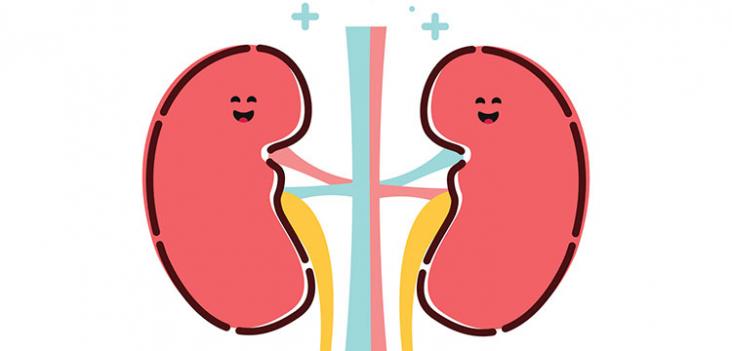Kidney Clinic Of Athens Blog

About 13 percent of U.S. adults have CKD. The leading causes of CKD are diabetes and high blood pressure, which cause an estimated 44 percent and 28 percent, respectively, of new U.S. kidney failure cases. Diabetes rates are rising in large part due to increasing obesity rates. Most people are born with two kidneys, but you only need one functioning kidney to live a full, healthy life. CKD progresses in stages and, if untreated, can lead to complete loss of kidney function. At CKD stage five, when both kidneys fail completely, the only options for survival are dialysis or a kidney transplant. The progression of CKD can often be slowed, but many people do not have symptoms early in the disease. Symptoms such as fatigue, headaches, diminished appetite and weight loss occur late in the course of CKD. CKD affects people of all ages. However, those 60 and over are the most likely to develop CKD. Certain ethnic groups, including African Americans, Hispanics and Native Americans, are more likely than Caucasians to develop CKD. About 430,000 Americans with kidney failure rely on regular blood-filtering dialysis treatments to survive. Although most patients receive dialysis treatments in a clinic three days a week, a growing number (nearly 40,000 U.S. patients in 2013) undergo dialysis in the comfort of their own homes. More than 90,000 U.S. patients are waiting for kidney transplants, but only about 18,000 of those will get a kidney transplant each year.

About 13 percent of U.S. adults have CKD. The leading causes of CKD are diabetes and high blood pressure, which cause an estimated 44 percent and 28 percent, respectively, of new U.S. kidney failure cases. Diabetes rates are rising in large part due to increasing obesity rates. Most people are born with two kidneys, but you only need one functioning kidney to live a full, healthy life. CKD progresses in stages and, if untreated, can lead to complete loss of kidney function. At CKD stage five, when both kidneys fail completely, the only options for survival are dialysis or a kidney transplant. The progression of CKD can often be slowed, but many people do not have symptoms early in the disease. Symptoms such as fatigue, headaches, diminished appetite and weight loss occur late in the course of CKD. CKD affects people of all ages. However, those 60 and over are the most likely to develop CKD. Certain ethnic groups, including African Americans, Hispanics and Native Americans, are more likely than Caucasians to develop CKD. About 430,000 Americans with kidney failure rely on regular blood-filtering dialysis treatments to survive. Although most patients receive dialysis treatments in a clinic three days a week, a growing number (nearly 40,000 U.S. patients in 2013) undergo dialysis in the comfort of their own homes. More than 90,000 U.S. patients are waiting for kidney transplants, but only about 18,000 of those will get a kidney transplant each year.
